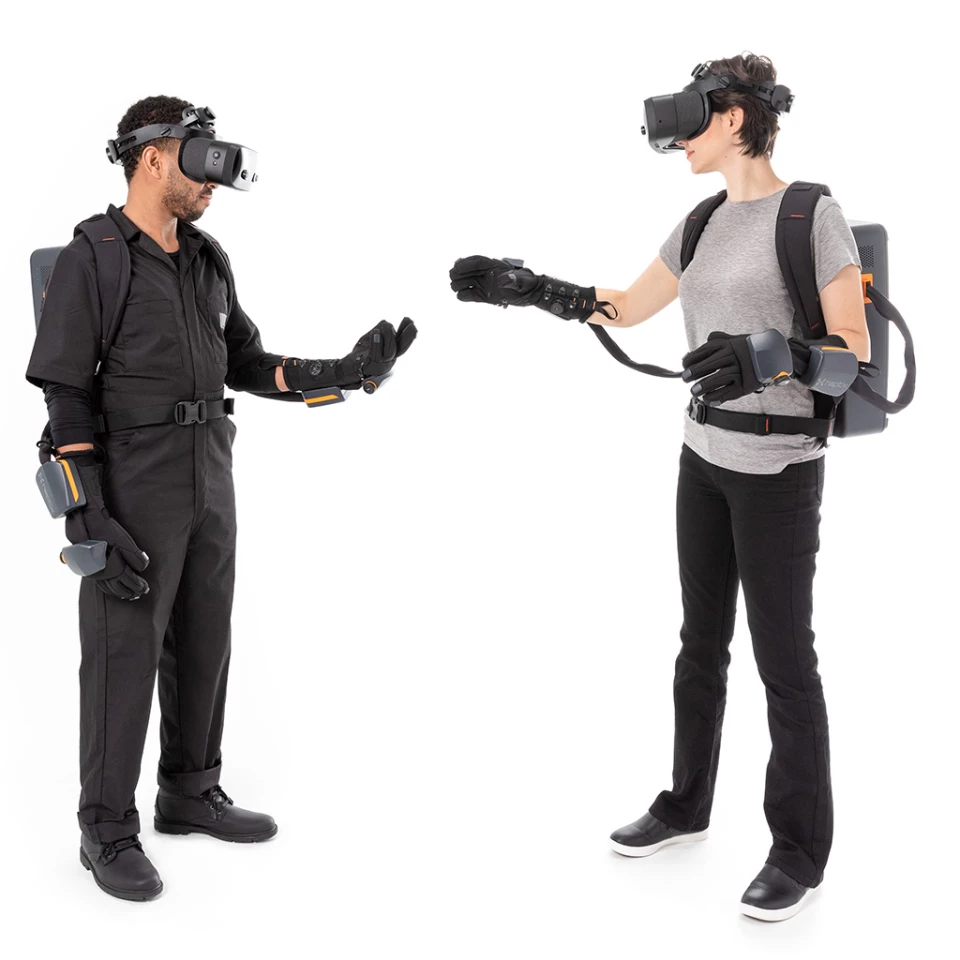Redmond-based HaptX is preparing for business in the metaverse age with the launch of a pair of "ground-breaking" haptic gloves that allow enterprise users to get to grips with objects in the virtual workplace.
The HaptX Gloves G1 rock a look and fit similar to normal gloves, and come packing 135 microfluidic actuators per glove that push against a wearer's hand to simulate the sensations of touching a physical object in a virtual reality enterprise or industrial setting.
Each glove weighs in at about a pound (0.45 kg), and there are four sizes available to suit a range of adult users.
The haptic feedback is delivered with the help of a backpack-like control unit called the Airpack. This 17-lb (7.7-kg), 20.7 x 10.4 x 4.9-in (52.5 x 26.4 x 12.4-cm) box has built-in 802.11ac Wi-Fi and "generates compressed air and precisely controls its flow" for around 3 hours without needing to be hooked up to external air or power.

Businesses can integrate the system with their own VR applications through the HaptX Software Development Kit (SDK), which includes plugins for the Unreal Engine and Unity, in addition to a C++ API. New to the platform is multi-user collaboration that could prove useful for group training over multiple real-world sites, feedback simulation of microscale surface textures, and a feature that allows for more natural remote control of teleoperated robots.
"Too often, we see enterprise and industry leaders resort to using game controllers for interacting with business applications in the metaverse," said HaptX CRO, Joe Michaels. "Organizations developing their metaverse strategy now have a solution for touch feedback so effective, their jobs can depend on it. With HaptX Gloves G1 priced this low, you don't have to settle for controllers or hand-tracking."
The HaptX Gloves G1 are up for pre-order now costing US$5,495 per pair, or as a four-size bundle for $4,500 per pair. Either way, that's reported to be a faction of the cost of last year's bulkier DK2 solution but is still a pricey proposition, particularly when the monthly subscription fee of at least $495 for the Airpack unit and the SDK needed to run the virtual show is added on. Shipping is penciled in for Q3 2023. The video below has more.
Product page: HaptX Gloves G1






